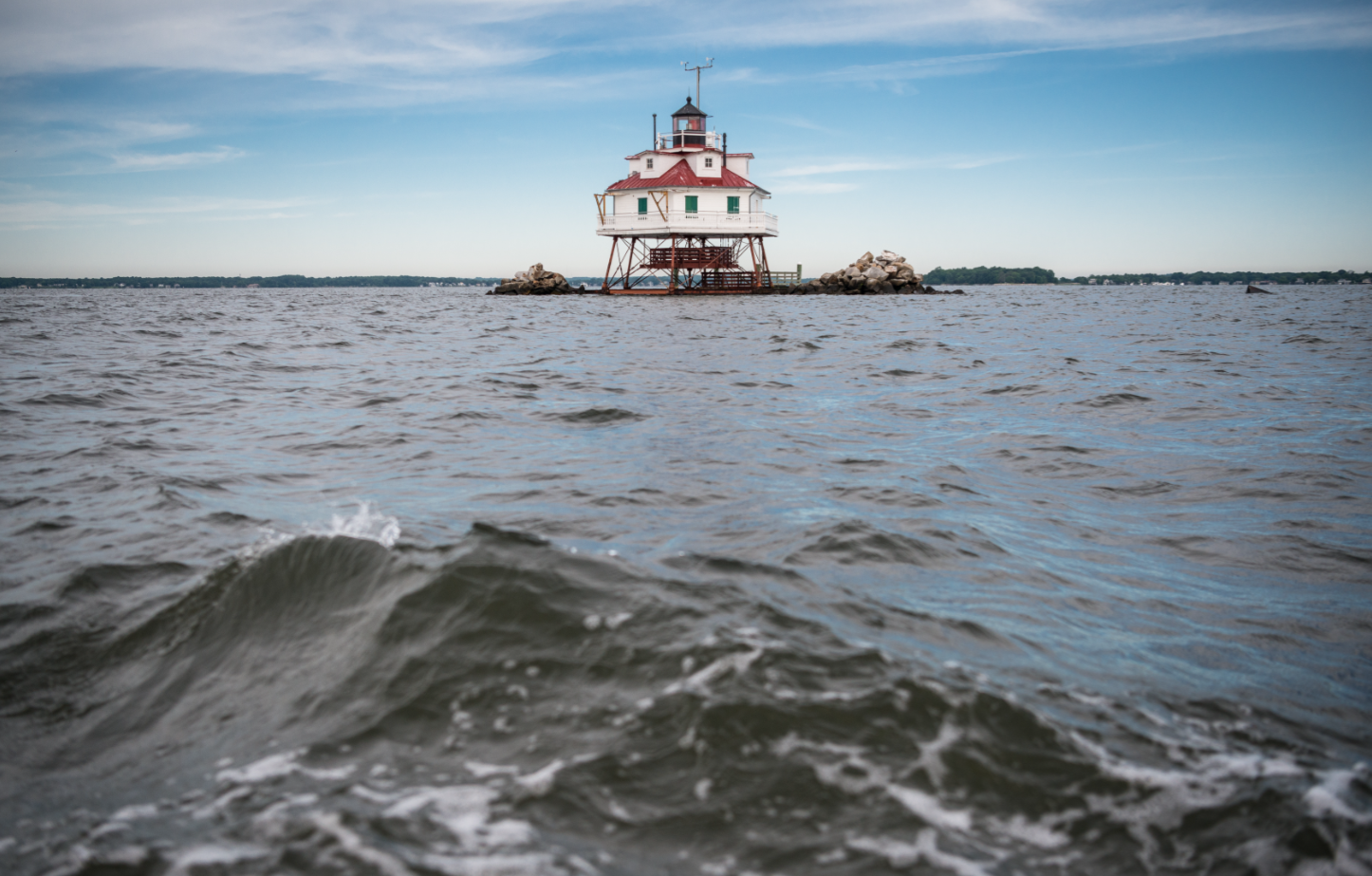Every year on March 22, the world focuses its attention on water. This year’s theme for World Water Day is the “Nature for Water,” which explores how we can use nature to overcome the water challenges of the 21st century. These challenges include everything from scarcity to quality to floods. While the root causes of these water-based challenges varies, two things are clear – environmental degradation is exacerbating all of these issues, and nature-based solutions offer incredible potential to solve many of these challenges.
This isn’t just a hypothetical concept – New Yorkers today enjoy an immaculate water supply served up by nature. But in 1997, New York City was facing declining water quality and an expensive decision – invest in new water treatment and sewer facilities at $6B with $250M annual maintenance or invest in the Catskills watershed at a cost of ~$1.5B. They chose the latter.
Now, over a billion gallons of water are delivered and consumed each day by New Yorkers, served up by natural systems. Soil and tree roots filter water, microorganisms break down contaminants, plants in streams absorb nitrogen from automobile emissions and fertilizer runoff, and wetland plants suck up nutrients while trapping sediments and heavy metals. These natural systems that capture run-off and clean our water, add efficiency to existing water treatment facilities, and reduce the impact of storms on our communities.
To get the most of these natural systems, though, we also need technology. Ensuring the safety and quality of more than a billion gallons of water flowing daily through a sprawling network of lakes, reservoirs, and aqueducts requires data….data that is gathered from a combination of sensor networks, sampling stations, and hundreds of thousands of tests performed in the watershed. This enormous monitoring apparatus is a critical part of New York City’s drinking water supply – nature and technology working harmoniously together to enable clean water and the health of a city.
This could be replicated around the world. After all, every community on the planet relies on ecosystem services at some level. But right now, much of the world lacks the data and technology infrastructure to monitor, model, and manage these systems more effectively.
This is exactly the kind of gap we’re intent on solving through AI for Earth. We are starting to see the promise of AI to enable nature-based solutions and are working to accelerate a future where everyone has access to clean freshwater.
A few of our partners and grantees are among the leaders in this effort. The Chesapeake Conservancy is using the latest high-resolution datasets to support the precision conservation movement. Using advanced flow accumulation algorithms developed by leading scientists, they are producing maps depicting concentrated surface flow at the parcel scale. When combined with high-resolution land cover datasets, these drainage maps can assist in identifying areas that have the greatest potential to reduce sediment and nutrient loads into adjacent water bodies.
Organizations like WetDATA are developing data platforms that bring together relevant water datasets together with analytics, and visualization tools for informed policy and business decisions. WetDATA is aggregating publicly available water data combined with data visualization tools to enable stakeholders to understand water supply and demand scenarios and interventions to manage water risks. They are also developing AI tools to better engage with stakeholders on water risks and opportunities.
In Bangalore, India the monsoon does not always bring dependable rain, so city planners must maximize the distribution of water from the source and avoid depletion of the ground water table level. Working with the Indian Institute of Science, we’ve deployed an Internet of Things (IoT)-based network of sensors in the IISc campus to efficiently monitor the flow of water from source to consumption. With these new data-enabled capabilities, the team can receive water quality incident alerts from specific locations via a smartphone app, while data analytics help ensure that available water is efficiently pumped to every building on campus.
In Seattle, Microsoft is working with the Nature Conservancy, to develop machine learning and geospatial solutions to address pollution from water run-off. The interactive maps are used in numerous ways, including the protection of shoreline areas that are home to endangered salmon, or are vulnerable to erosion and home-destroying floods, as well as a tool to help prioritize projects to clean up polluted waterways.
We’re also taking steps to integrate our focus on technology with what we know nature can offer. In Silicon Valley, we are building the first tech campus with a net-zero water certification, and that will rely in part on natural solutions and rehabilitating the local watershed in Stevens Creek. We’re also working within our operations and with our partners to address local water issues. That includes our partnership with Ecolab to develop the Water Risk Monetizer, a modeling tool that enables businesses to factor current and future water risks into their decision making. The tool has already enabled Microsoft to reduce water consumption in our datacenters.
If you have ideas for leveraging AI to transform the way we are conserving and protecting fresh water resources, let us know by applying for one of our AI for Earth Grants!

